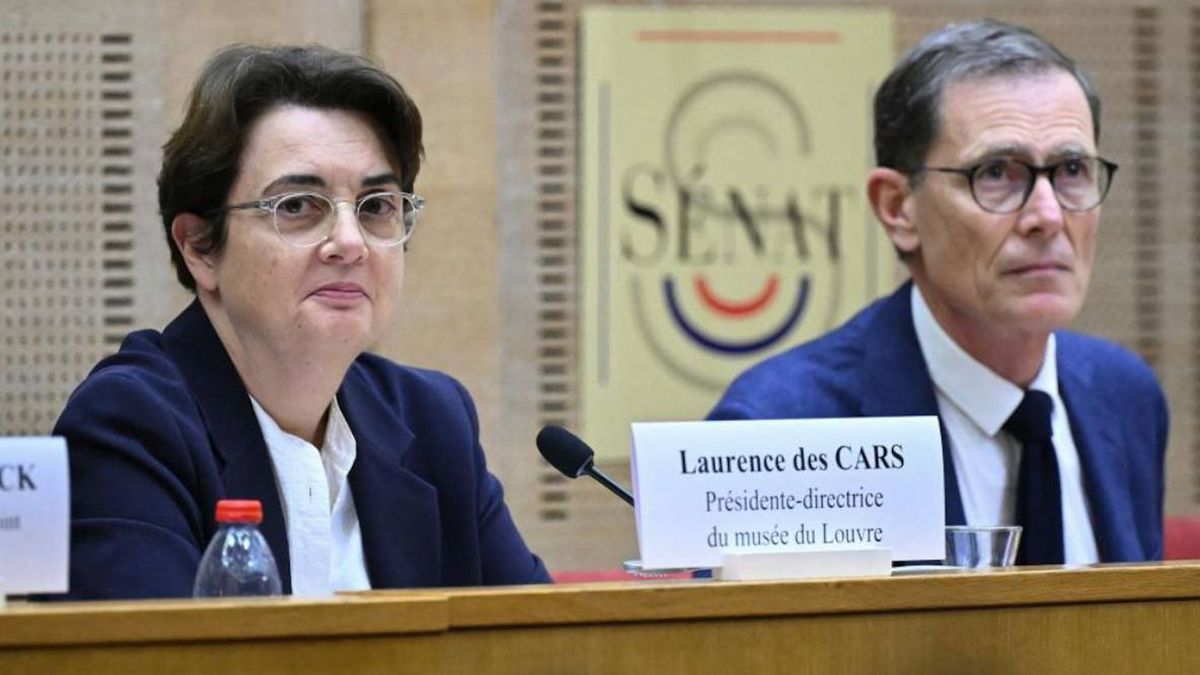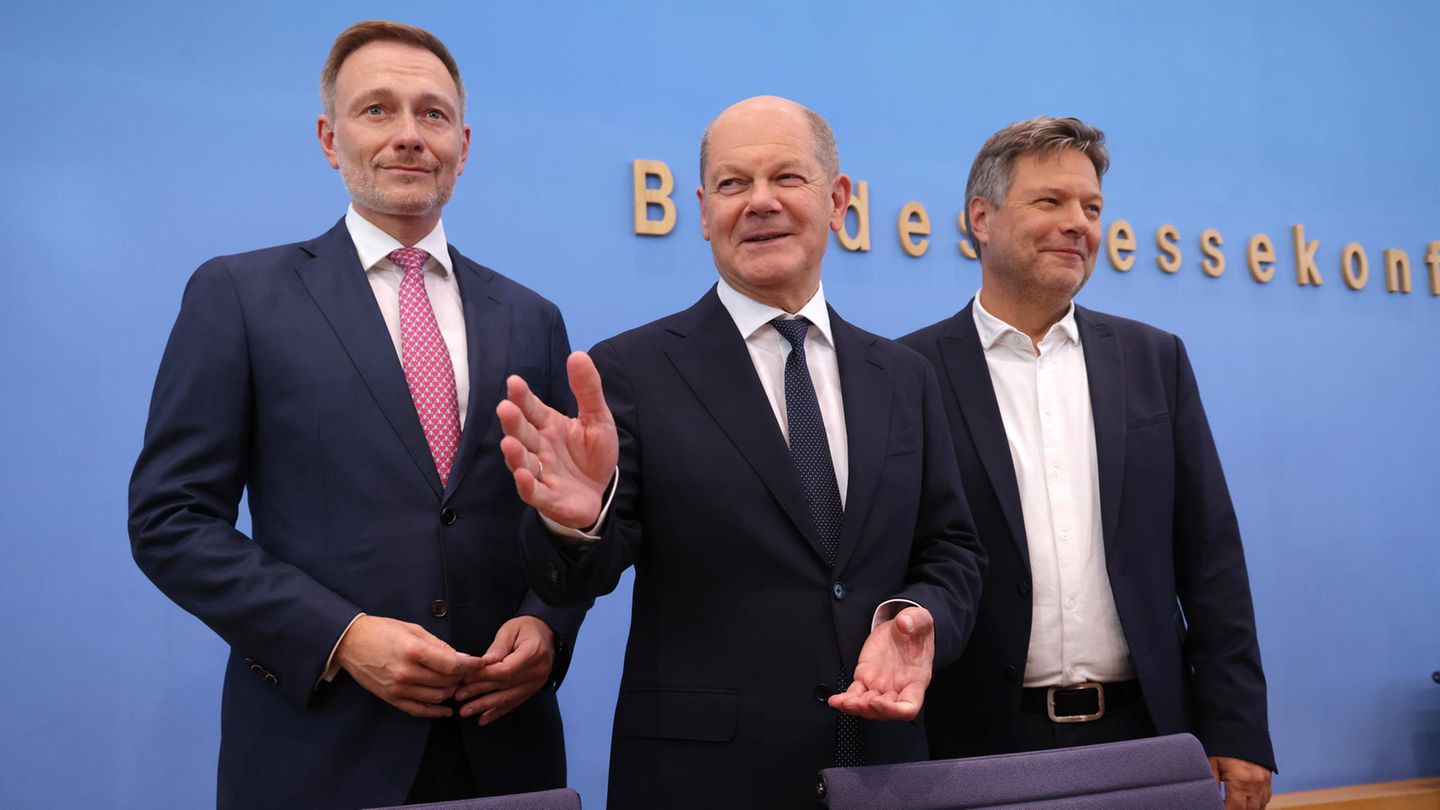I have been working in the news industry for over 6 years, first as a reporter and now as an editor. I have covered politics extensively, and my work has appeared in major newspapers and online news outlets around the world. In addition to my writing, I also contribute regularly to 24 Hours World.
Menu
Budget: Christian Lindner’s latest trick saves the traffic light
Categories
Most Read
Honorary doctorate: Merkel travels to Israel in November
October 22, 2025
No Comments
Chancellor specifies statement: Merz reacts to criticism of “cityscape” statement
October 22, 2025
No Comments
Friedrich Merz explains his “cityscape” statements
October 22, 2025
No Comments
Military: US military kills two alleged drug smugglers in the Pacific
October 22, 2025
No Comments
Analysis of the Ukraine summit: Putin is a waste of time for Trump
October 22, 2025
No Comments
Latest Posts

The president of the Louvre admitted failures after the million-dollar robbery and asked to strengthen security
October 22, 2025
No Comments
October 22, 2025 – 20:29 Laurence des Cars acknowledged before the French Senate that the museum’s external chambers were obsolete. “This episode is a huge

Pierre Gasly spoke about his relationship with Franco Colapinto after the controversy with Alpine at the Austin GP
October 22, 2025
No Comments
The French team will take advantage of being last in the current championship to have more hours in the wind tunnel, which will allow progress

create a habit to improve your finances
October 22, 2025
No Comments
October 22, 2025 – 20:00 This new challenge that is becoming increasingly popular facilitates the methods to generate this custom. freepik In a country like
24 Hours Worlds is a comprehensive source of instant world current affairs, offering up-to-the-minute coverage of breaking news and events from around the globe. With a team of experienced journalists and experts on hand 24/7.

